Date: 17 January 2008
T
There are two large airports - Delhi and Mumbai with private developers and about 26 small and medium airports with Airports Authority of India that are under various stages of design or construction. Large commercial builders like DLF, Unitech, Raheja's, Brigade Group are busy designing and contructing new high rise commercial buildings as well as numerous malls and entertainment and shopping arena. One estimate is that there will be 240 new malls built in the next 3 years. At the same time the IT/ITES industry continues to grow rapidly thus creating an enormous demand for world class office facilities. It is said that Infosys technologies Ltd, arguably the most well known Indian company is the largest "builder" in India. It is said to be adding 30 new buildings in its various sprawling campuses across the country in the next 24 months.
What does this mean to the Glass Industry? Obviously, the trend is towards glass clad buildings. The primary reasons are :
- The shrinking contruction times demand a building to come up in less than 12 months. Glass skin is obviously the fastest and safest solution.
- Glass allows the building occupant to stay in constant touch with the outside world, at the same time isolating him/her from the elements of nature.
- Glass clad buildings have enormous aesthetic appeal. This is also a global design trend. Hafeez Contractor is credited with starting this trend in India and now it is rare to see a commercial building without a glass facade. Gurgaon, Bangalore,Chennai, Navi Mumbai and BKC, Mumbai are examples of this trend.
In the past, the use of glass in building design and construction was without much consideration on design, energy conservations and safety. This has resulted in buildings with poor safety and energy efficiency designs. There are now numerous recorded cases of glass falling out of the facade due to improper selection and design criteria. This is led to concerns about the long term safety of the occupants and visitors of these buildings. The glass industry is mindful of this concern and hence mandates Confederation of Construction Products and Services (CCPS), an industry recognized forum to establish the "Code of Practice" on glass used in buildings. This effort was initiated in early 2007 and with 11 months, the Glass and Glazing Committee of CCPS came up with "Guidelines on use of Glass in Buildings, Part - 1 : Human Safety". These guidelines have been put in place by a committee comprising of representatives from the glass industry, materials suppliers, architects, builders, designers,specifiers and also representatives of various government agencies, both statutory as well as governing bodies and municipal corporations.
According to Deepak Gahlowt, the convenor of CCPS, "The next step is to have these guidelines mandated by the central and state governments and various municipal and statutory bodies. In this direction, we are seeking support and information from across the world on Safety Glass codes in various countries and how they are being implemented"
Sandeep S Kashyap,Executive Director - GlasNovations and member of the core group, Glass and Glazing Committee, CCPS is of the opinion that "the safety glass norms and statutory codes and their treatment in various countries like USA, Australia, China, Thailand etc present a clear case for consideration to the government of India towards implementing a statutory code for glass use in buildings, on lines of the recently introduced BEE code for energy conservation"
With the rapid growth in the demand for glass for buildings, there is certainly a large demand for safety glass. The safety glass processors forum is all set to benefit from this huge opportunity.




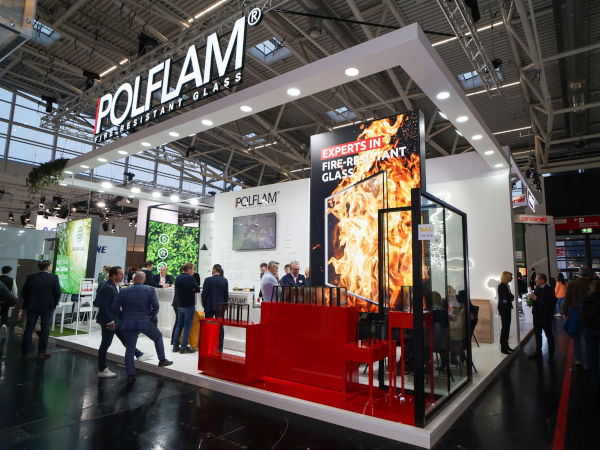







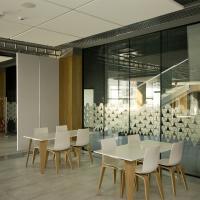
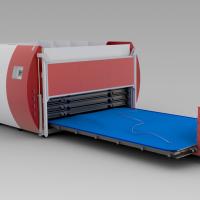

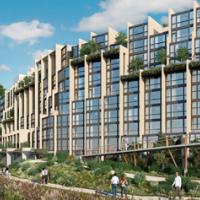
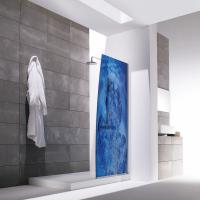

Add new comment